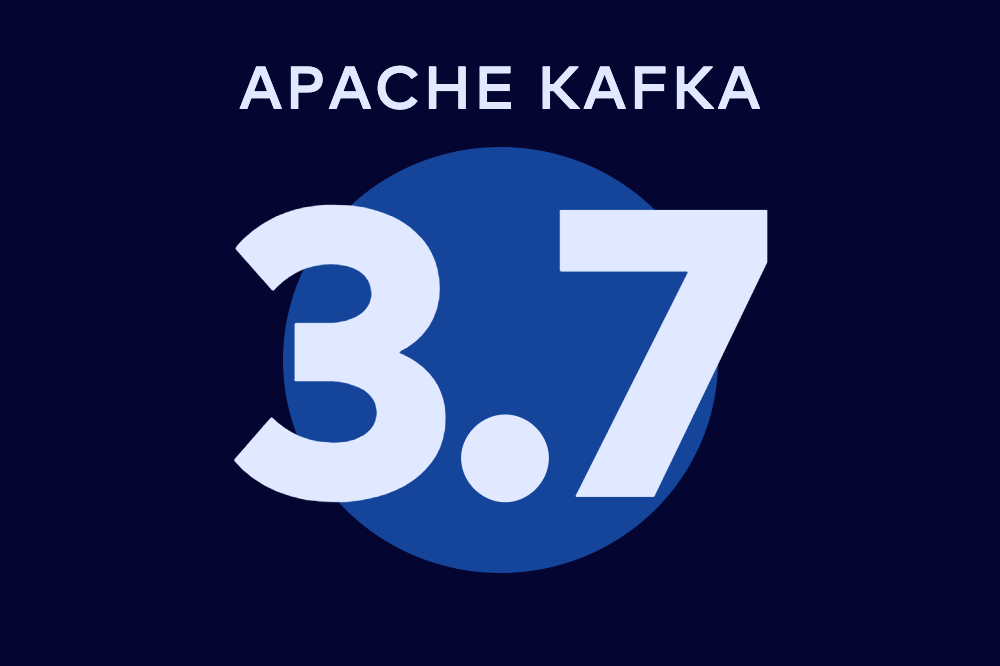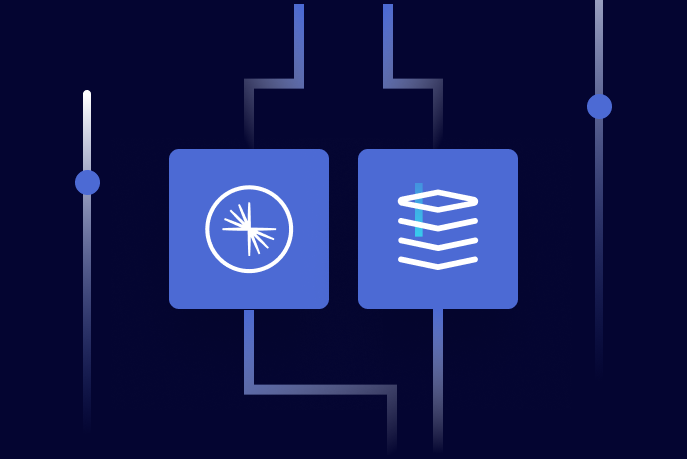Kafka in the Cloud: Why it’s 10x better with Confluent | Find out more
Technology
Data Products, Data Contracts, and Change Data Capture
Change data capture is a popular method to connect database tables to data streams, but it comes with drawbacks. The next evolution of the CDC pattern, first-class data products, provide resilient pipelines that support both real-time and batch processing while isolating upstream systems...
Unlock Cost Savings with Freight Clusters–Now in General Availability
Confluent Cloud Freight clusters are now Generally Available on AWS. In this blog, learn how Freight clusters can save you up to 90% at GBps+ scale.
Contributing to Apache Kafka®: How to Write a KIP
Learn how to contribute to open source Apache Kafka by writing Kafka Improvement Proposals (KIPs) that solve problems and add features! Read on for real examples.
Build, Connect, and Consume Intelligent Data Pipelines Seamlessly and Securely
We’re excited to share the latest and greatest features on Confluent Cloud, in our first launch of 2024. Learn more about our latest updates including serverless Apache Flink, exciting pricing changes, updates to connectors, and more!
Exploring Apache Flink 1.19: Features, Improvements, and More
Check out all the highlights from the Apache Flink® 1.19 release!
Introducing Apache Kafka 3.7
Apache Kafka 3.7 introduces updates to the Consumer rebalance protocol, an official Apache Kafka Docker image, JBOD support in Kraft-based clusters, and more!
Effortless Stream Processing on Any Cloud – Flink Actions, Terraform Support, and Multi-Cloud Availability
Several key new features have been added to Confluent Cloud for Apache Flink this year including Topic Actions, Terraform support, and expansion into GCP and Azure. Let's take a look at these enhancements and how they empower users to harness the full potential of streaming data.
Data Products, Data Contracts, and Change Data Capture
Change data capture is a popular method to connect database tables to data streams, but it comes with drawbacks. The next evolution of the CDC pattern, first-class data products, provide resilient pipelines that support both real-time and batch processing while isolating upstream systems...
New with Confluent Platform: Seamless Migration Off ZooKeeper, Arm64 Support, and More
Over the last two years, we have periodically announced Confluent Platform releases, each building on top of the innovative feature set from the previous release. Today, we will talk about some of these core features that make hybrid and on-premises data streaming simple, secure, and resilient.
How to Use Confluent for Kubernetes to Manage Resources Outside of Kubernetes
Learn how to use Confluent for Kubernetes to enable GitOps with a CI/CD pipeline and delegate resource creation to groups of people without distributing admin permission passwords to other people in the organization.
Confluent’s Customer Zero: Building a Real-Time Alerting System With Confluent Cloud and Slack
Turning events into outcomes at scale is not easy! It starts with knowing what events are actually meaningful to your business or customer’s journey and capturing them. At Confluent, we have a good sense of what these critical events or moments are.
Extending the Confluent CLI With Custom Plugins
Confluent offers a powerful CLI that lets you quickly create and manage Apache Kafka® clusters and Apache Flink® compute pools and all associated operations with both. The CLI now supports plugins that allow for custom commands and creation of dynamic workflows and automation.
Getting Started with OAuth for Confluent Cloud Using Azure AD DS
Learn how to configure Azure Active Directory DS (Azure AD DS) and Confluent Cloud so that the Azure Directory can be used to authenticate and authorize applications to use Confluent Cloud clusters.
Turbo-Charging Confluent Cloud To Be 10x Faster Than Apache Kafka®
At Current 2023, we announced that Confluent Cloud is now up to 10x faster than Apache Kafka®, thanks to Kora, The Cloud-Native Kafka engine that powers Confluent Cloud. In this blog post, we will cover what that means in more depth.
Simplify and Accelerate Your Data Streaming Workloads With an Intuitive User Experience
Our latest updates to Confluent Cloud focus on enabling customers to realize a seamless experience using our data streaming platform. With these improvements, we aim to provide a more streamlined and secure experience, allowing users to focus on leveraging real-time data to drive business outcomes.
Making Flink Serverless, With Queries for Less Than a Penny
Imagine easily enriching data streams and building stream processing applications in the cloud, without worrying about capacity planning, infrastructure and runtime upgrades, or performance monitoring. That's where our serverless Apache Flink® service comes in.
Enterprise Apache Kafka Cluster Strategies: Insights and Best Practices
As companies increase their use of real-time data, we have seen the proliferation of Kafka clusters within many enterprises. Often, siloed application and infrastructure teams set up and manage new clusters to solve new use cases as they arise. In many large, complex enterprises, this organic growth








